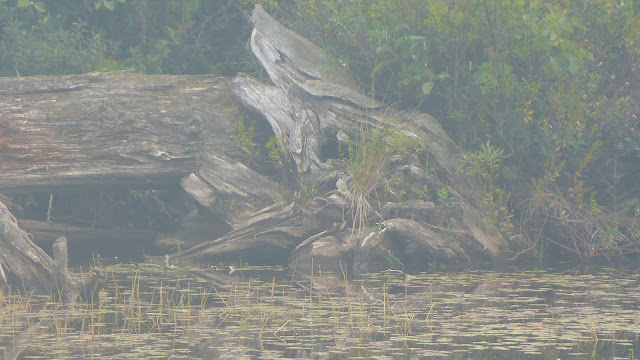Back in the day, not my day but the day, cameras were not an app on
your phone but bulky and heavy apparatus with explosive flash powder
that could only take monochrome photos. We have advanced a long way
to today’s sophisticated
DSLRs and prosumer cameras such as my Panasonic Lumix DMC-FZ100 .
So why black & white photography today when the
technology has moved so far beyond it. One can be overwhelmed by the
colour in a colour photograph and miss the complexities of light and
contrast and even the composition. A black & white photograph can
put the emphasis on the other aspects of the photo rather than the
colour. But for me it often has more to do with the subject. For
historical, or even industrial photos, there is a certain
authenticity that a black & white image provides, It is like the
photo was taken back in the day.
The photos in this project were taken with my Konica Autoreflex T-3 35 mm camera using 100 ASA colour slide film. They were scanned with my CanoScan 4400F scanner at 600 DP with low compression. The colour images were enhanced with Simply Good Pictures 5 and converted to black & white using Franzis Black & White Projects 6 Professional.
The Natural High Quality setting on Franzis Black & White
projects provides high quality black & white versions of the
colour images. There are also a large number of other presets
available to provide other versions, some with subtle differences and
some with much greater differences, including a number of artistic
settings. All of the presets have an unlimited number of individual
adjustments that can be made to them. This project displays a number
of the different photo versions that are available with Franzis Black
& White Projects.
King’s Landing
Historical Settlement, New Brunswick, August 8, 1982
Original Scanned
Slide (1636)

Enhanced Colour
Image

Black & White
Version - Natural High Quality

Black & White
Version – Toning Butter Cream

Black & White
Version – FX Snapshot

King’s Landing
Historical Settlement, New Brunswick, August 8, 1982
Original Scanned
Slide (1638)

Enhanced Colour
Image

Black & White
Version - Natural High Quality

Black & White
Version – Toning Photo Paper Warm

Black & White
Version – FX Memories

Vanscoy,
Saskatchewan, July 3, 1983
Original Scanned
Slide (2016)

Enhanced Colour
Image

Black & White
Version - Natural High Quality

Black & White
Version – Natural Structure Dark

Black & White
Version – Landscape Light Beams
Towards Murray
Mine, Sudbury, Ontario, August 17, 1984
Original Scanned
Slide (2196)

Enhanced Colour
Image

Black & White
Version - Natural High Quality

Black & White
Version – Surreal Prismatic

Black & White
Version – Landscape Infrared

King’s Landing
Historical Settlement, New Brunswick, July 9, 1998
Original Scanned
Slide (3760)

Enhanced Colour
Image

Black & White
Version - Natural High Quality

Black & White
Version – Artistic Old School

Black & White
Version – Landscape Dreamy






























































